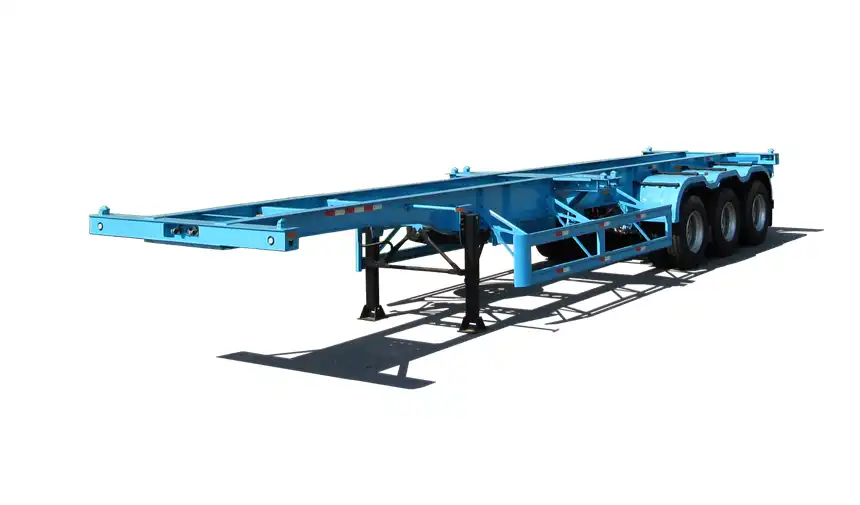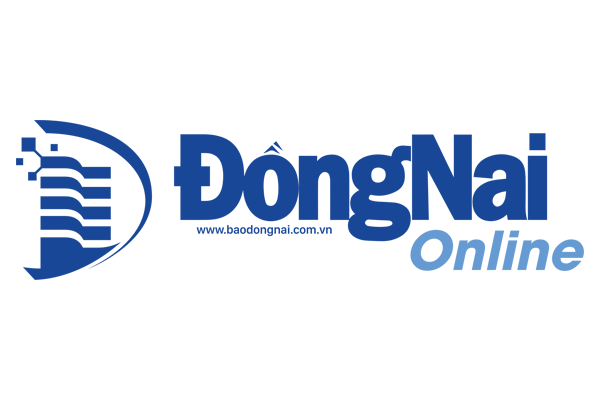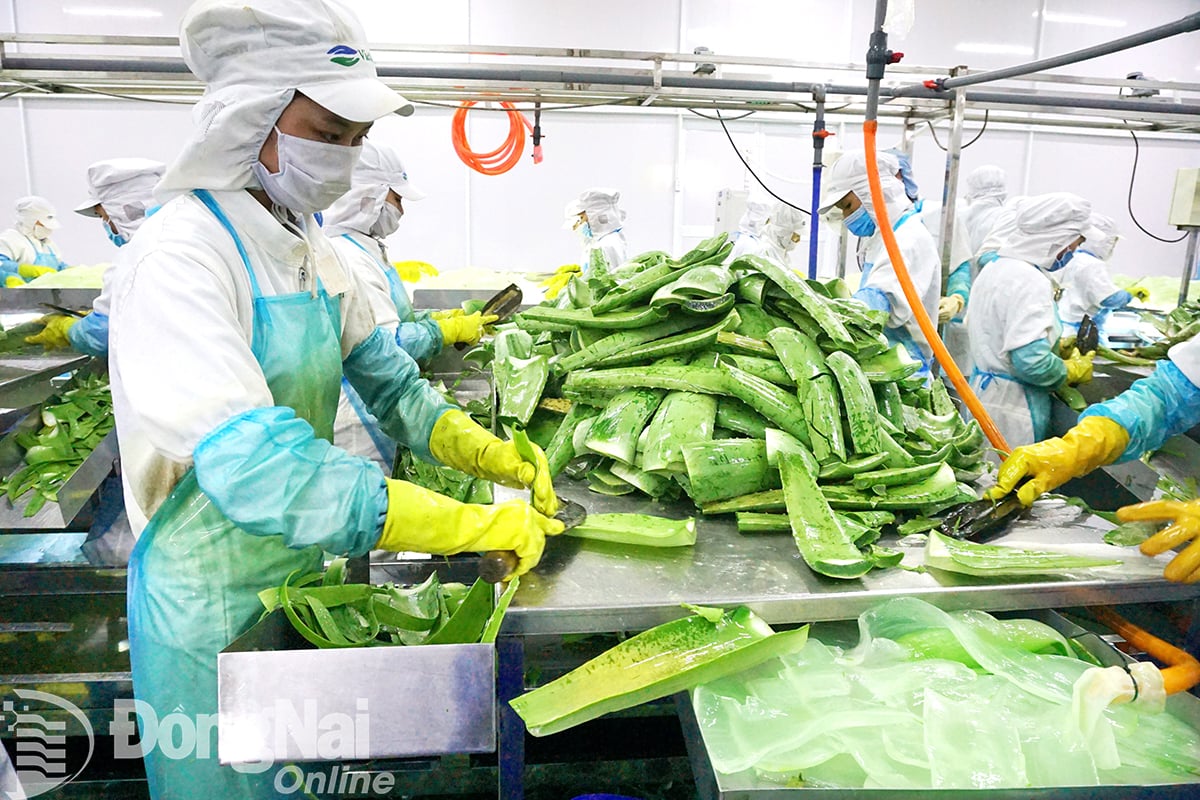This development could prompt the Norwegian Central Bank (Norges Bank) to delay or even cancel its planned rate cut this month. The policy rate remains at 4.5%, and many experts expect it to remain at that high level until the end of 2025, with a potential adjustment in September or December.
High inflation is also putting pressure on the labor market. Unions have called for a 2.2% minimum wage increase this year. However, to ensure real income growth in a context of inflation exceeding expectations, wage increases need to be at least 4.9%. This could put a heavy burden on domestic businesses, especially small and medium-sized enterprises.
The real estate sector, especially the housing and resort real estate markets – which have shown signs of recovery since the beginning of the year – may be negatively affected by prolonged high interest rates and declining consumer sentiment.
In addition, global financial markets are experiencing strong volatility, causing the value of the Government Pension Fund Global – one of the world's largest investment funds – to plummet from NOK 20,000 billion to NOK 18,803 billion in just two weeks.
The global economic uncertainty, especially the escalating trade tensions caused by US President Donald Trump’s tariff hikes, continues to pose risks to the Norwegian economy. Rising import prices could lead to persistent inflationary pressures, while also affecting import and export activities and international investment.
Against this backdrop, Norway faces major challenges: rising inflation, persistently high interest rates, rising wage pressures and global market uncertainty. The Nordic country’s monetary and fiscal policies will need to be more flexible to respond to the rapidly changing economic landscape.
Source: https://moit.gov.vn/tin-tuc/thi-truong-nuoc-ngoai/na-uy-lam-phat-bat-ngo-tang-manh-trong-quy-i-2025.html






















![[Photo] "Beauties" participate in the parade rehearsal at Bien Hoa airport](https://vstatic.vietnam.vn/vietnam/resource/IMAGE/2025/4/11/155502af3384431e918de0e2e585d13a)

























































Comment (0)